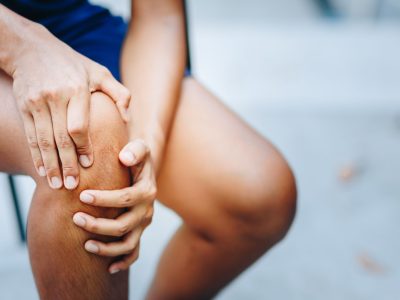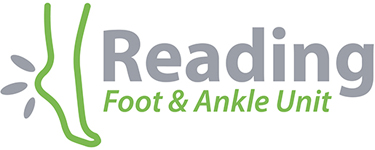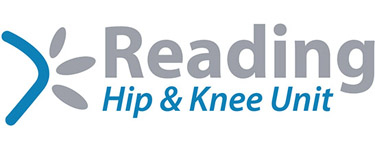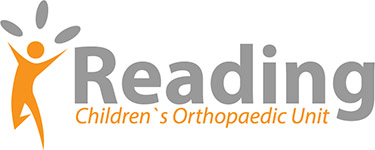Severs Condition
Sever’s apophysitis of the heel
What is Sever’s apophysitis of the heel?
It is an inflammation of the growing area of the heel bone and a fairly common cause of heel pain in young athletes. The average age when this is first detected is 11.5 years. It is more common in boys and in about 60% of patients both feet are affected.
What causes it?
The cause is unknown but it is thought to be due to repetitive traction (pulling) to the growth area where the Achilles tendon is attached.
What are the symptoms?
Typically, patients experience pain at the back and down to underneath the heel, especially after sports. It may be associated with warmth, swelling, and even redness. Children can also have an associated tight Achilles tendon and calf muscle.
How is it diagnosed?
X-rays are not helpful to make the diagnosis. Diagnosis is usually made based upon examination and consideration of the symptoms. MRI scans are occasionally performed to confirm the diagnosis and rule out other problems around the foot.
What is the natural progression?
It is a condition that usually improves without treatment, with the closure of the growth plate of the heel bone (usually around the age of 15 for girls and 16 for boys). However, until then, it is normal for symptoms to come and go. (often with growth spurts)
What are the treatment options?
Are always – Non-operative
- Avoiding aggravating activities – especially jumping sports.
- Wearing orthotic heel cups or heel pads.
- A stretching exercise programme (from the physiotherapists) of the Achilles tendon and calf muscles. This decreases symptoms and decreases recurrent episodes if continued through until adolescence.
- Non-steroidal anti-inflammatory medicines taken prophylactically before sports and Ice the painful area after sports
- For severe persistent symptoms, a below-knee plaster or walker boot is sometimes used to rest the foot.








